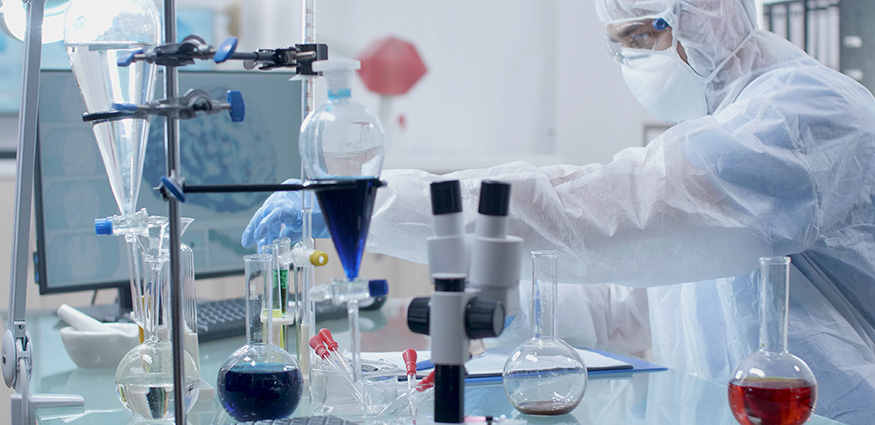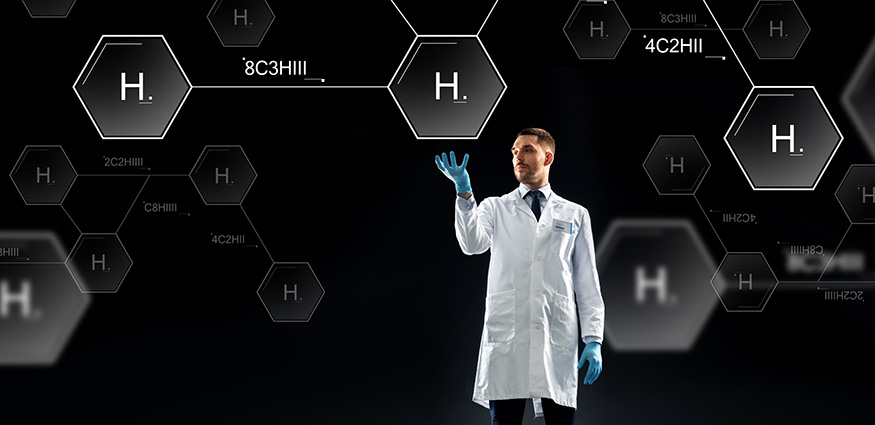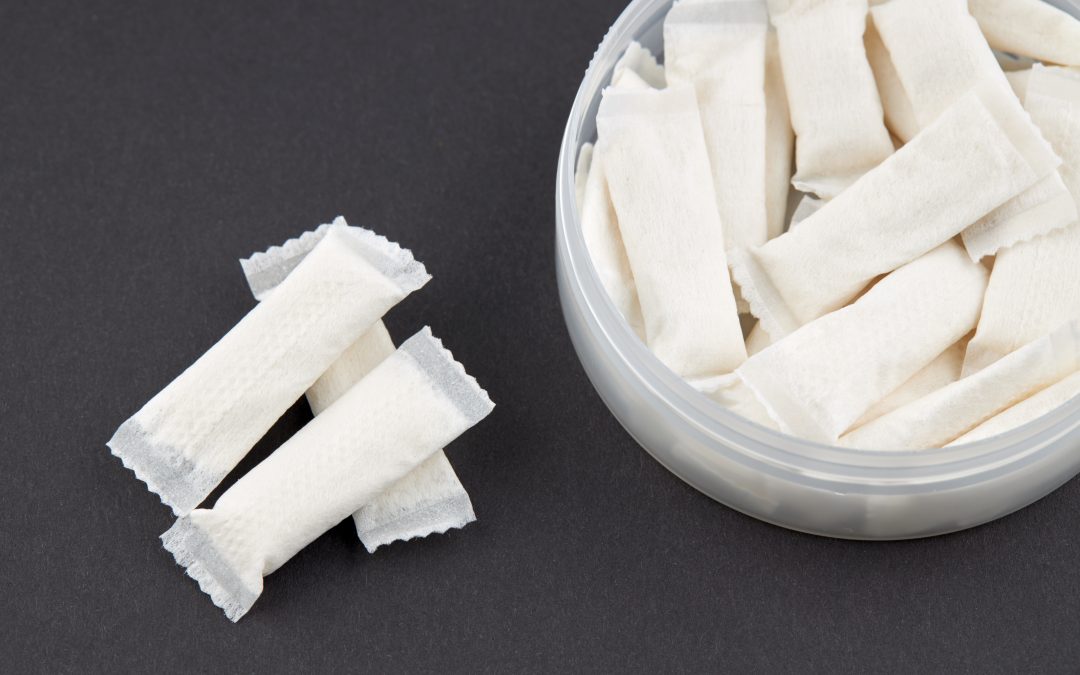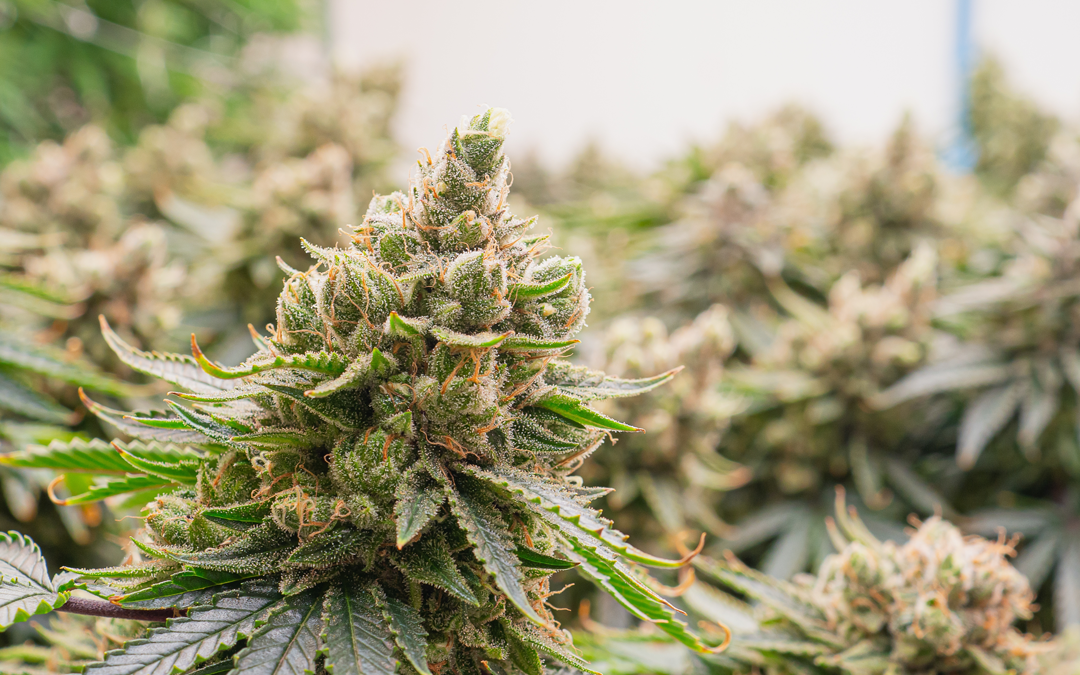Synthetic Nicotine vs. Natural Nicotine: Key Differences and Regulations
Synthetic nicotine is gaining attention as an alternative to tobacco-derived nicotine. But what is synthetic nicotine, and how is it regulated? This article explores the differences between synthetic and natural nicotine, its production process, and evolving regulations.
While a new wave of synthetic nicotine products is emerging, a search reveals it’s not something new. The tobacco industry had already considered using SN in the 1960s but abandoned the efforts due to high costs and insufficient purities.
But due to the changing laws and the evolution of electronic nicotine delivery systems, there seems to be a renewed interest in synthetic nicotine as companies seek new, cheaper, and safer ways to create consistent products.

What Is Synthetic Nicotine? A Tobacco-Free Alternative
So, what is synthetic nicotine?
Synthetic nicotine is a lab-created, tobacco-free nicotine alternative that is chemically identical to natural nicotine but offers greater purity and consistency.
Nicotine is a chiral compound, meaning it exists naturally in two enantiomers – or pairs of stereoisomers – that are mirror images of each other but fit over each other no matter how they are rotated. In nicotine, these two enantiomers are S-nicotine and R-nicotine.
In tobacco plants, S-Nicotine is predominant, making up >99% of the total nicotine, while the R-nicotine enantiomeric form makes up less than 1% with small amounts presumably formed during combustion.
Since S-nicotine is the predominant form, is naturally responsible for the effects of nicotine products; though little is known about the pharmacological and metabolic effects of R-nicotine as it is still understudied. However, with synthetic nicotine gaining popularity, it is necessary to understand its effects.
As we have already mentioned, synthetic nicotine is not derived from the tobacco plant, but it can be identical to natural nicotine. Synthetic nicotine can be 99%+ S-nicotine, or it can be racemic of S-nicotine and R-nicotine, usually in a 50-50 ratio.
Synthetic nicotine producers claim it’s purer than tobacco-derived or -containing nicotine. For nicotine product testing and regulatory consulting, talk to your lab partner for more information.
Synthetic Nicotine vs. Natural Nicotine: How They Compare

The main difference between synthetic nicotine and natural nicotine is the source.
Unlike natural nicotine, which is extracted from tobacco leaves, synthetic nicotine is manufactured in a lab using chemical processes to ensure higher purity and consistency. But whether it’s manufactured artificially or extracted from the plant, nicotine molecules have the same chemical structure: C10 H14 N2.
Both have the same effects, although some users allege there is a difference in flavour. However, the differences seem to get murky when another “form” of nicotine – tobacco-free nicotine – comes up.
Tobacco-Free Nicotine vs. Synthetic Nicotine: Are They the Same?
The phrase “Tobacco-Free Nicotine” (TFN) is trademarked by Next Generation Labs for its TFN products, but it is now generally used to refer to synthetic nicotine.
There are fears that processed tobacco-derived nicotine products may be marketed as “tobacco-free” because they don’t contain plant residues. Although there is virtually no difference between synthetic and natural nicotine products, they may fall under different regulations.
For example, the United States Congress updated the Federal Food, Drug, and Cosmetic Act (FD&C Act) in 2022 to clarify the scope of FDA authority to regulate tobacco products containing nicotine from any source, including synthetic nicotine.
Where Does Synthetic Nicotine Come From?

How is Synthetic Nicotine Made? Understanding the Process
As mentioned, synthetic nicotine is synthesized in a lab. As such, there are different chemical processes that produce either pure S-nicotine or a 50:50 racemic of S-nicotine and R-nicotine. The chemical processes also have different starting materials.
A patent assigned to Next Generation Labs, a synthetic nicotine manufacturer, describes a synthetic pathway that starts with ethyl nicotinate, an ester of niacin. The compound is reacted with N-vinyl-2 pyrrolidinone to form myosmine, a tobacco alkaloid that is then reduced to nornicotine. Nornicotine is methylated to create a racemic mix of S-nicotine and R-nicotine.
However, not all producers use the process outlined above. Contraf-Nicotex-Tobacco (CNT) is a German company known for being the biggest supplier of pharmaceutical-grade nicotine worldwide. Patents assigned to CNT describe a process to separate racemic mixtures of nicotine. Alternatively, the patent describes a process for preparing enantiomerically pure substances. S-nicotine is prepared by using L- and D-enantiomer of an O, O’-disubstituted tartaric acid.
Another patent assigned to Zanoprima describes a process with myosmine as the starting material. The myosmine is stereoselectively converted to S-nornicotine using a recombinant enzyme which is then methylated to S-nicotine.
Most popular processes seem to start with ethyl nicotinate, resulting in S-nicotine. Continued innovation in the patent space appears to be focused on cost-improved processes. Synthetic nicotine production is estimated to be three to four times more expensive than the current cost of tobacco-derived nicotine.
However, these prices are falling as synthetic nicotine is gaining acceptance and production is scaling. The main challenge, however, remains the labelling and how to differentiate tobacco-derived nicotine from racemic (S and R) nicotine and S-nicotine.
Synthetic Nicotine Laws in Canada: What You Need to Know
Despite the growing popularity of synthetic nicotine, it remains in a regulatory void in Canada.
Synthetic nicotine regulations in Canada are still evolving. While the Tobacco and Vaping Products Act (TVPA) does not explicitly mention synthetic nicotine, it may fall under other regulations like the Food and Drugs Act.
If your synthetic nicotine product makes a health claim (i.e., smoking cessation), then the Food and Drugs Act applies, and you have to get authorization from Health Canada before it can be advertised, sold in Canada, or commercially imported.
If the product does not make health claims, it may still be subject to the Canada Consumer Product Safety Act (CCPSA).
Where Does this Leave Synthetic Nicotine?
Although the TVPA does not mention synthetic nicotine, it defines a vaping product as “a device that produces emissions in the form of an aerosol and is intended to be brought to the mouth for inhalation of the aerosol” and “a substance or mixture of substances, whether or not it contains nicotine that is intended for use with those devices to produce emissions”.
In the Nicotine Concentration in Vaping Products Regulations, Health Canada defines a vaping substance as defined in the TVPA. The regulations also don’t distinguish between tobacco-derived nicotine and synthetic nicotine. Instead, the regulatory focus has been on nicotine concentration. The regulation provides a cap of nicotine concentrations intended for retail vaping use at 20 mg/ml. We explain how to measure nicotine levels in vapes here.
The regulations also state that “the provisions of the TVPA apply to all vaping products, including those regulated under the FDA except where they are expressly excluded”.
As such, it may be safe to assume that synthetic nicotine is regulated similarly to tobacco-derived nicotine, since the TVPA and the Nicotine Concentration in Vaping Products Regulations do not differentiate the two and instead just mention “nicotine.”
Want to ensure your synthetic nicotine products meet regulatory standards? Contact us today for expert nicotine testing and compliance consulting.
Synthetic Nicotine FAQs
1. What Is Synthetic Nicotine?
Synthetic nicotine is a lab-created alternative to tobacco-derived nicotine. It is chemically identical to natural nicotine but is manufactured for higher purity and consistency.
2. How Is Synthetic Nicotine Made?
Synthetic nicotine is produced through chemical processes in a lab, often starting with ethyl nicotinate or myosmine. These compounds are modified to create either pure S-nicotine or a racemic mix of S- and R-nicotine.
3. What Is the Difference Between Synthetic Nicotine and Natural Nicotine?
The main difference is the source. Synthetic nicotine is made in a lab, while natural nicotine is extracted from tobacco leaves. Both have the same chemical structure and effects.
4. Is Synthetic Nicotine Legal in Canada?
Synthetic nicotine is not explicitly mentioned in Canadian regulations. However, it may fall under the Food and Drugs Act or the Canada Consumer Product Safety Act, depending on its intended use and claims.



